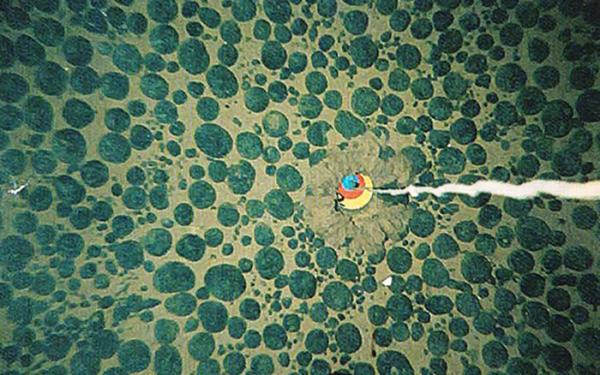Mining company DeepGreen Metals has discovered a deposit of key battery metals on the Pacific seafloor between Hawaii and Mexico.
The polymetallic nodules, which sit unattached to the seabed and can be mined without drilling, contain high grades of nickel, cobalt, copper and manganese in a single ore.
The company says the polymetallic nodule fields in the Clarion Clipperton Zone (CCZ) of the Pacific represent the largest known, undeveloped nickel resource on the planet.
A DeepGreen-commissioned white paper found that nodules under exploration contracts in the CCZ contain enough battery metals to power one billion EVs.
The resource reported within the NORI-D exploration contract area— held by its subsidiary Nauru Ocean Resources– is estimated as four megatons (Mt) measured, 341Mt indicated and 11Mt inferred mineral resources.
The resource includes: 2.78% nickel; 2.28% copper; 0.26% cobalt; and 62.25 manganese.
In addition, the company reported an uplift in grades of manganese (2.2% higher), cobalt (5.4% higher) and nickel (6.1% higher).
DeepGreen is planning to produce metals from polymetallic rocks to power electric vehicles (EVs).
DeepGreen’s chief development officer Anthony O’Sullivan, said: “Unlike mineral exploration on land, resource confidence in polymetallic nodules is unusually high due to the two-dimensional nature of the resource. You can actually see the nodules lying on the seafloor.
“We have done the sampling and research to understand the fundamental variance of the nodule resource and we’ve found that it is remarkably consistent. It’s unlike anything that you see on land.”
This means several times less ore needs to be processed compared to land ores to get at the same amount of metal, resulting in much smaller environment, social and governance (ESG) SG footprints and lower-cost production. Because deep-sea nodules do not contain toxic levels of heavy elements like mercury or arsenic, all of the nodule mass can be converted into products with economic value to society.












